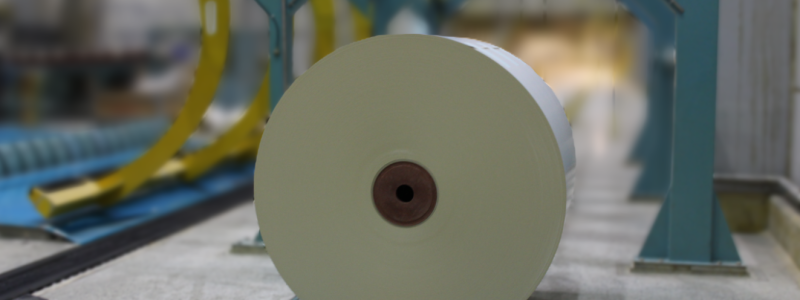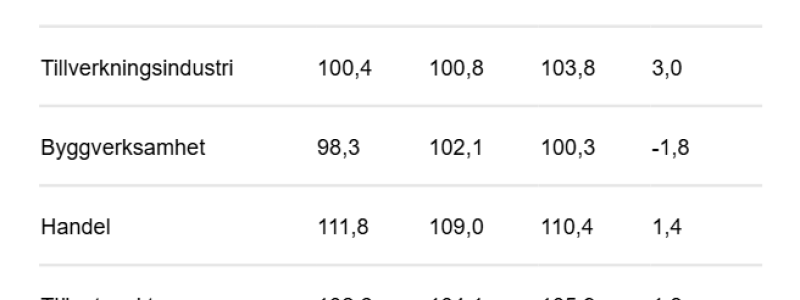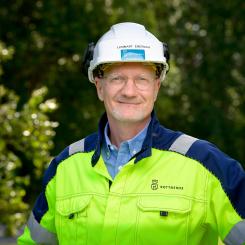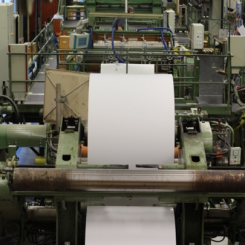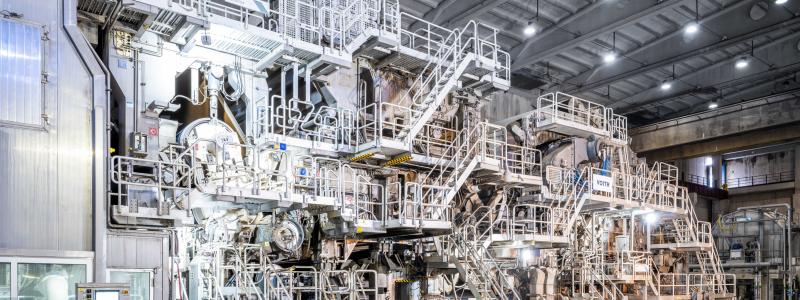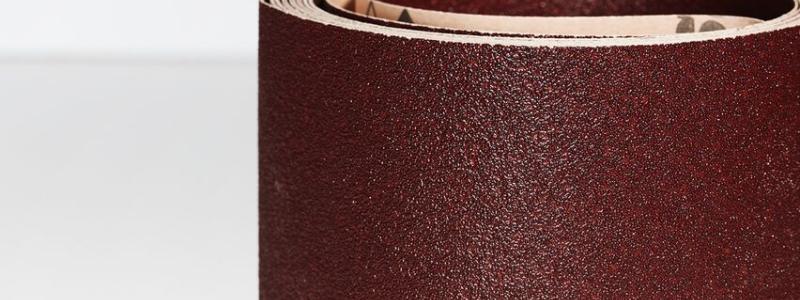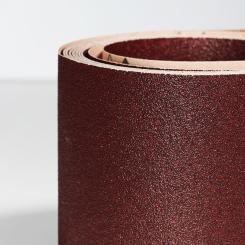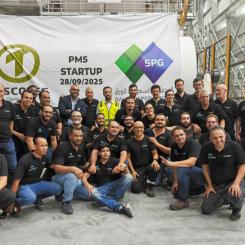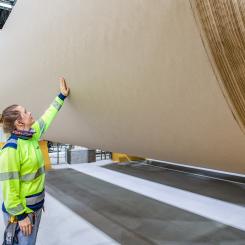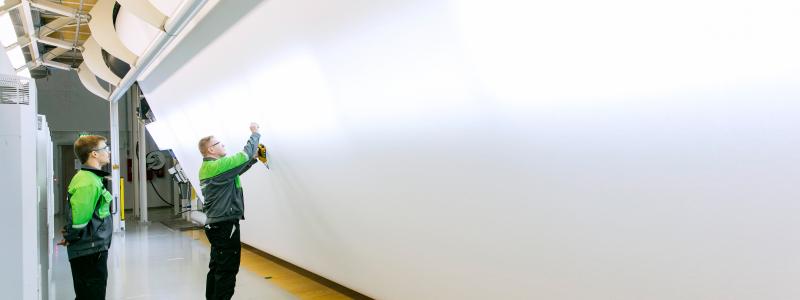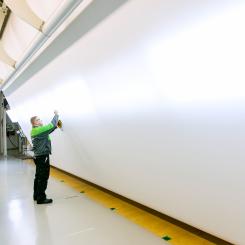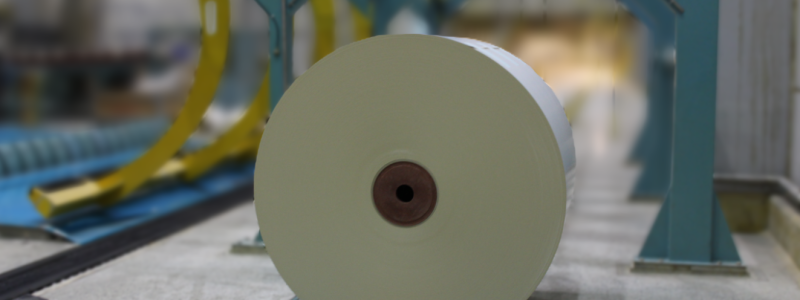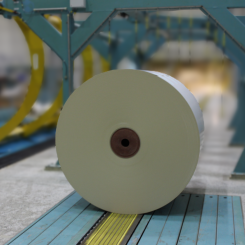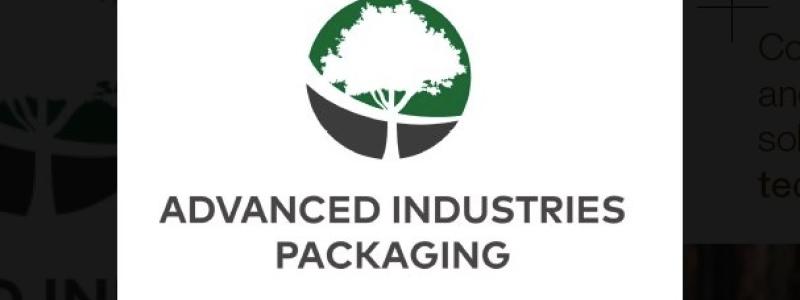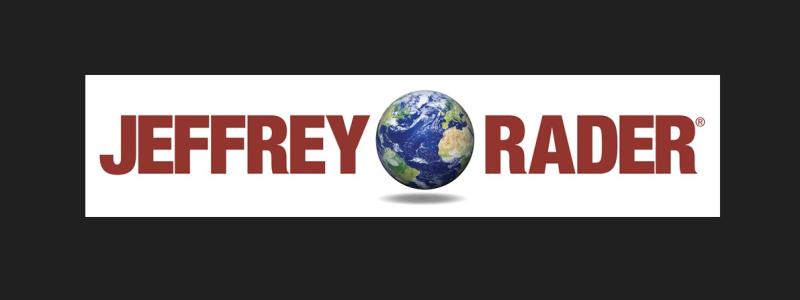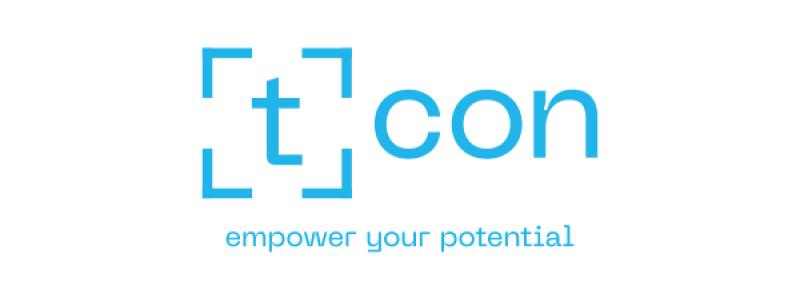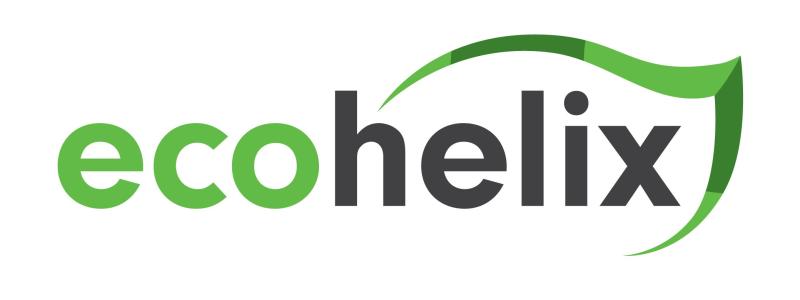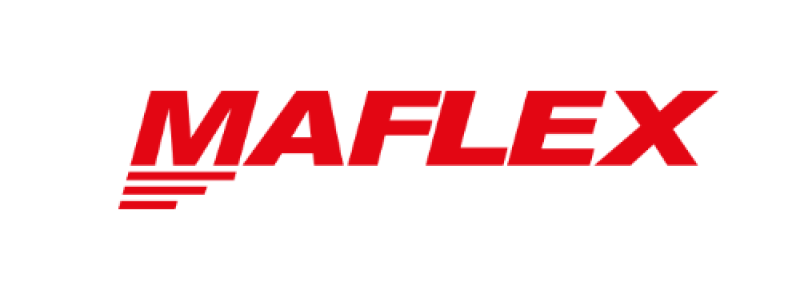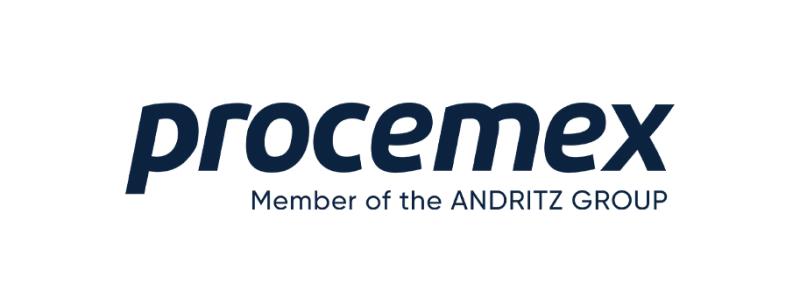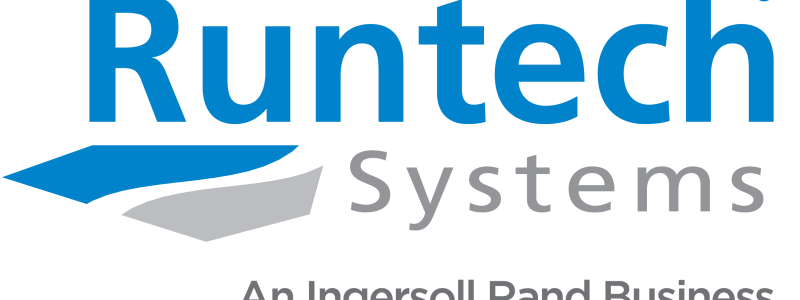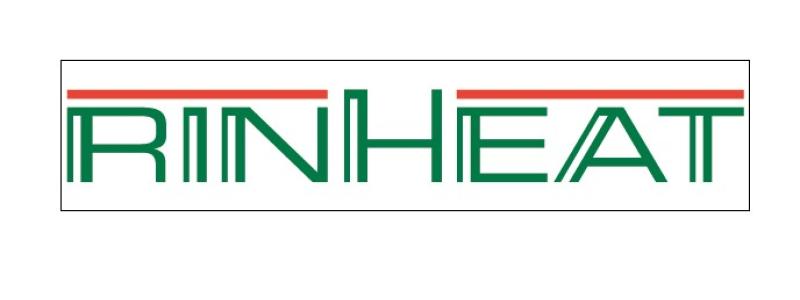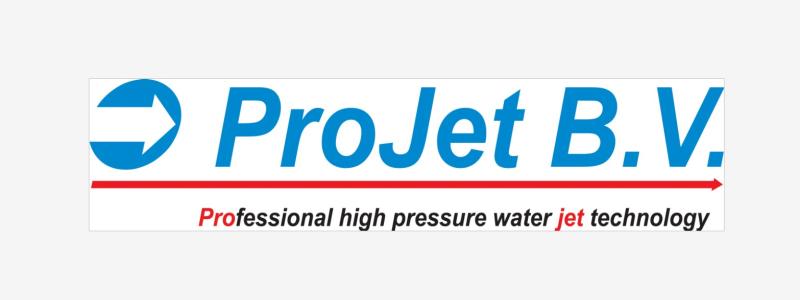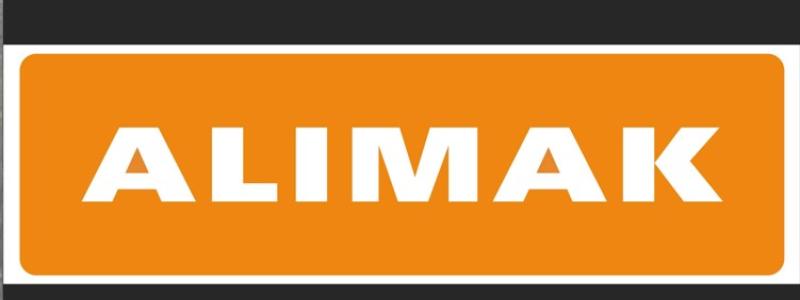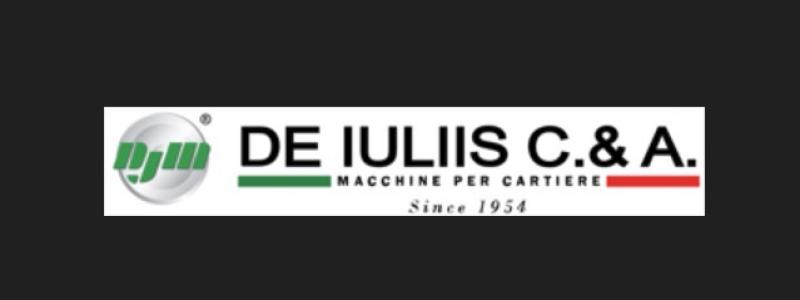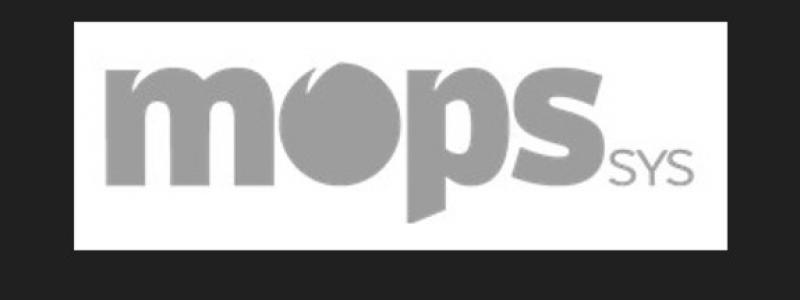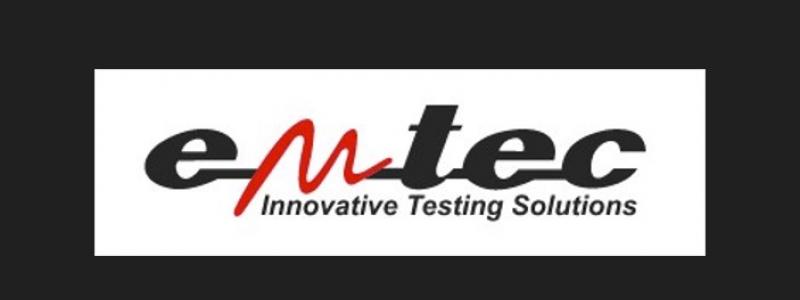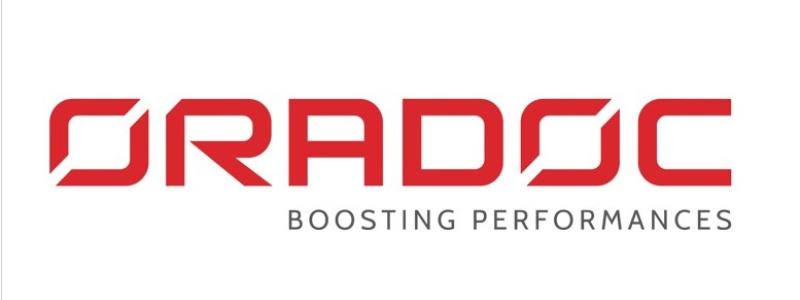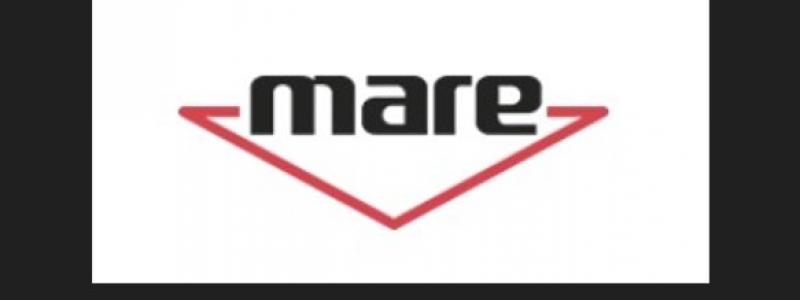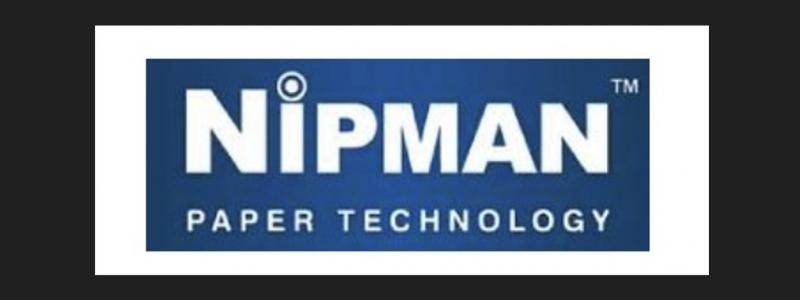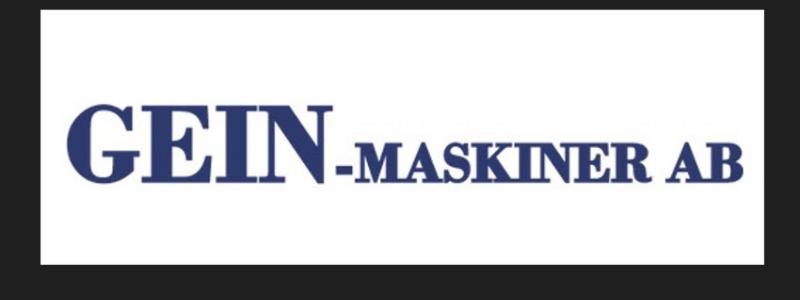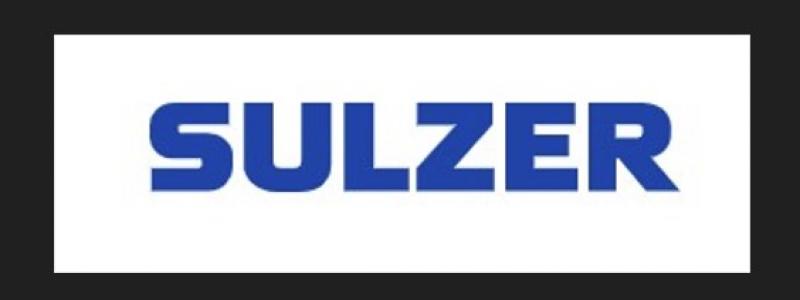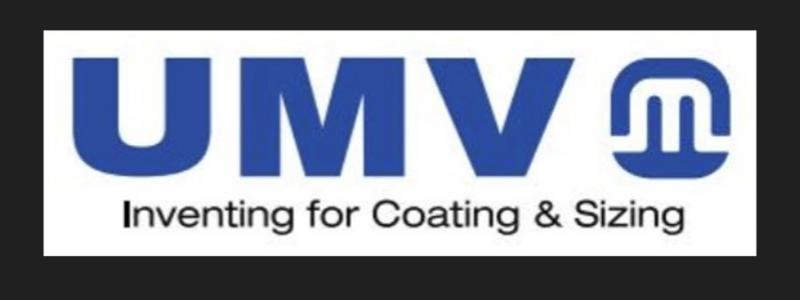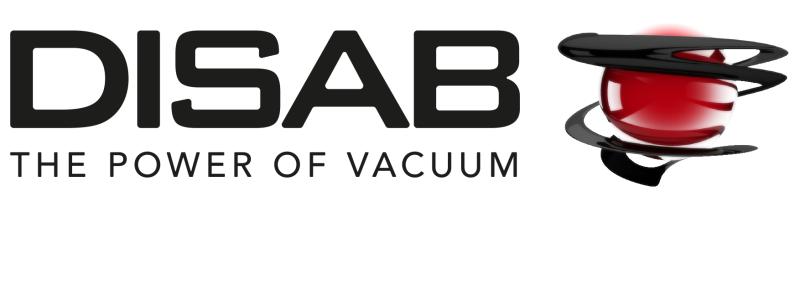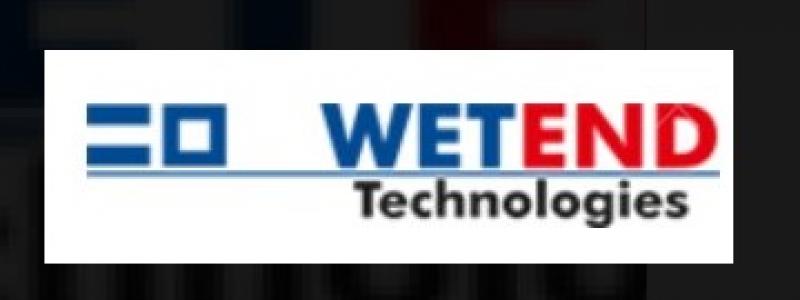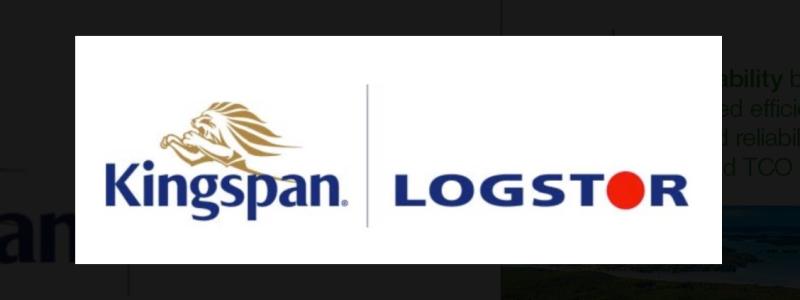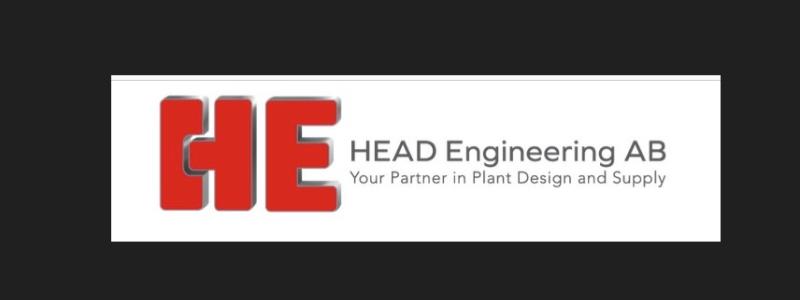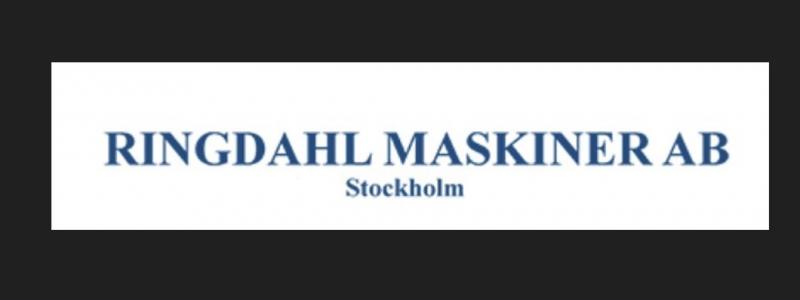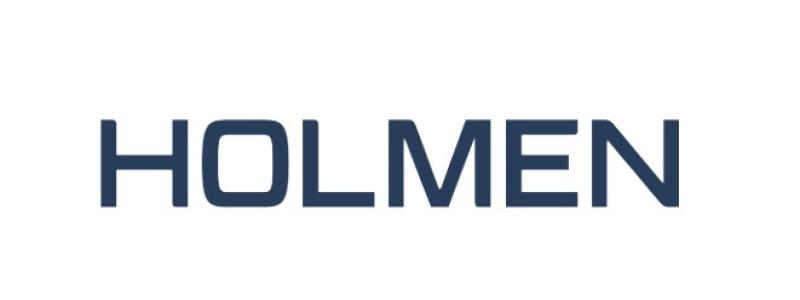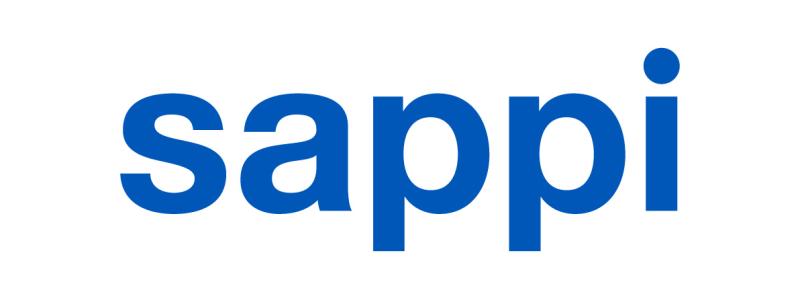The installation, shown ringed in the photo, was made in 1991 at the then Townsend Hook Smurfit Mill in the UK. The installation was to improve the performance of the primary effluent treatment system and to increase the re-use of recycled water within the mill, by returning treated water from the ALGAS Filters back to the process. After completing trials using an ALGAS TEST FILTER, the mill ordered two ALGAS Microfilters designed to treat a flow of 7,200 m³ per day of primary effluent, returning both clarified water and recovered fibre back to the mill system. The cloudy filtrate from the Microfilters was passed forward to the existing clarifier, taking with it unwanted fines and fillers, thereby further improving the quality of the recovered fibre being returned to the mill and reducing both the hydraulic and solids loading to the clarifier.
Installation time for the Microfilters was one week compared to the three months required to build a clarifier and the water holding capacity of the Microfilters was less than 5% of that of the settling basin, reducing dwell time and therefore solids degradation. The installation in fact solved the plant solids floating (Bulking) problem and enabled the company to meet new and tighter regulations for discharge.
This installation prompted Aylesford Newsprint to use only ALGAS Microfilters as its primary treatment and also applying another unit as the final treatment, polishing after Bio sedimentation.The application of Algas filters for water treatment has gradually accelerated since 1974 when it was originally supplied for fibre recovery and water re-use. Even at that time, it was quickly noticed that the quality of filtrate from the earlier installation was sufficiently good to enable the clarified water to replace fresh water on wire showers, etc, which not only saved on fresh water consumption, but also increased the operating temperature of machine systems.
As the suppliers of the cloth used to cover the Algas filter segments improved in both material and manufacturing techniques, much finer meshes - down to 20 microns - became available, and the filter applications were extended to the treatment of incoming raw water, either replacing or supplementing existing equipment such as sand filters.
The suitability of Algas filters in the effluent treatment area became apparent in Germany in 1985, when authorities began to demand tighter discharge regulations which many mills found could not be met by their existing treatment plant. Although operating satisfactorily for some of the time, these could not handle the variations in flows and solids in the effluent coming from the mills. Installed as a polishing filter after existing systems and fitted with a finer mesh cloth, 'Algas filters brought the final discharge back into the statutory discharge limit.
Success in this area encouraged Algas to investigate the suitability of its filter in treating primary effluent without any pre-treatment apart from screening, and the results were far better than they could have hoped for. One of the first 'effluent filters' was installed at the Norwegian tissue mill of Sunland-Eker in 1988. The installation of this filter virtually saved the mill from closure as many previous methods of effluent treatment had been tried without success.
From this and other installations, Algas effluent filters have been shown to offer considerable advantages, being not only able to handle the wide variations in flow and solids coming from paper mills, but providing operational and installation benefits. They use less power, and they need less space for a conventional clarifier on the same application). Algas provides a more flexible system, especially if any expansion is being considered, as it is much easier to install another filter than to build a clarifier sized to handle future flows, or add extra ponds at a later date.
Using test filters for the mill trials, Algas has been able to develop applications in other areas of the mill system such as treating the filtrate from thickeners in the de-inking system, enabling this water to be recycled back through the system and the solids, containing ink, fines and clay, to be disposed of. The benefits provided in this application came not only from a reduced space requirement and the ability to handle variations in flows and solids, but also chemical addition was not required for clarification, providing considerable savings compared to the traditional methods of flotation previously used.
A recent installation in the UK by Algas is at Townsend Hook's Smurfit mill, which is intended to increase the re-use of recycled water within the mill and further improve the performance of its effluent treatment system. After completing trials using the Algas test filter, the mill decided to install two 70m2 Algas micro filters, designed to treat a flow of 840m3 per hour of primary effluent, returning both clarified water and recovered fibres back to the mill system. The cloudy filtrate from the filter goes forward to existing clarifiers, taking with it unwanted clay and fines, thereby further improving the quality of the recovered fibre from the Algas filter. With the requirement to conserve and recycle process water, and the ever-increasing demands of effluent discharge legislation, Algas believes its filter offers pulp and paper mills a treatment concept which is compact, efficient, flexible and cost-effective.
(Article previously published in World’s Paper Industry)








